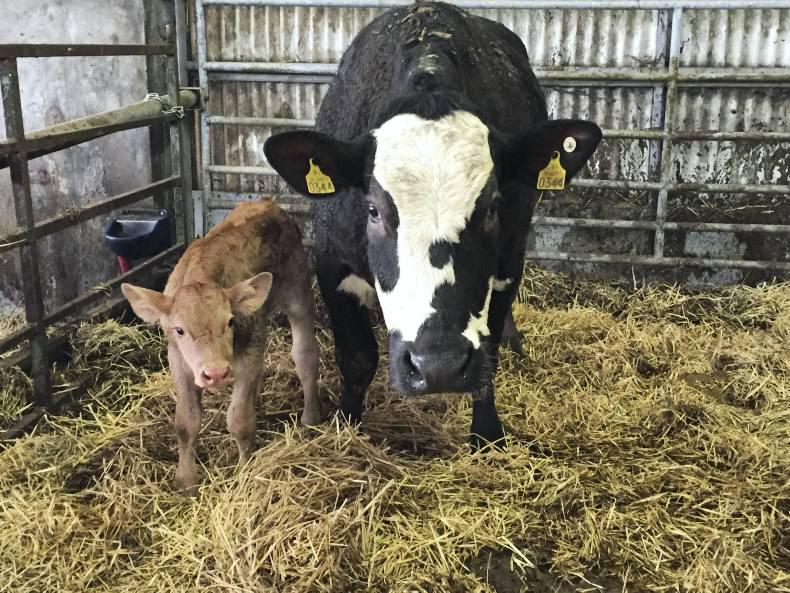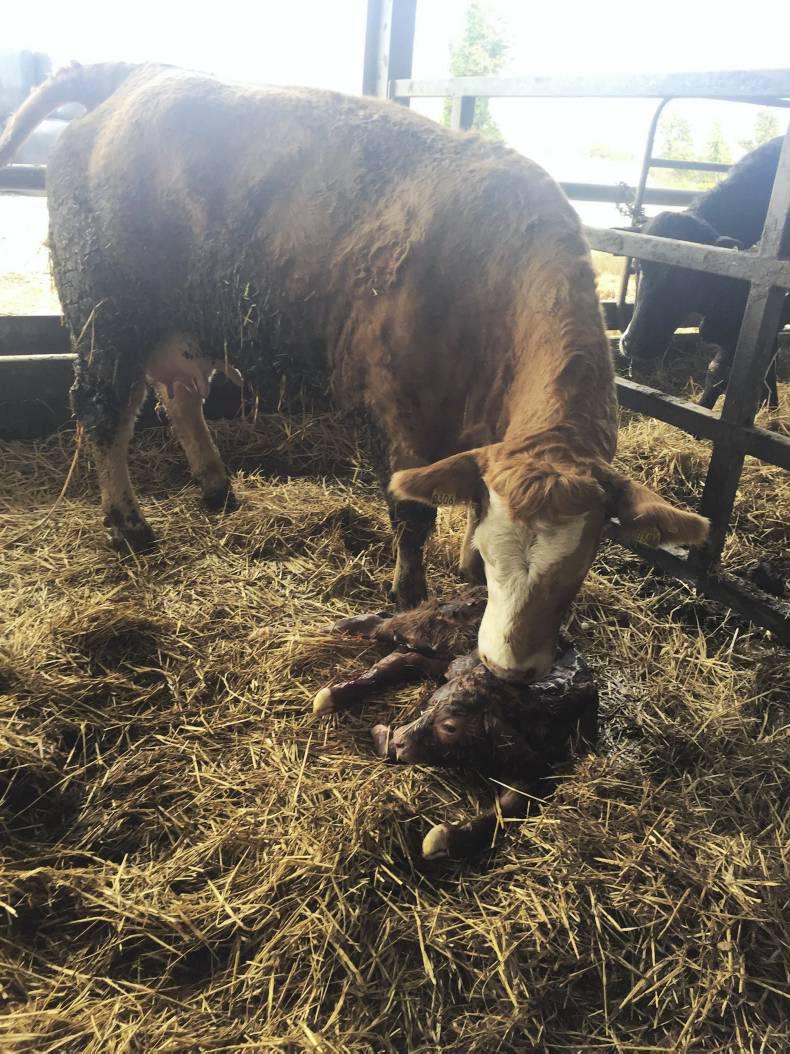“In one way a drop in beef price is a cost. Feed for my animals is another cost. Seventy-five per cent of the outgoings in a beef system are spent on feed. What are the processors’ margins on a ton of meal? Perhaps we should protest outside feed mills as well as factories.”
This was my knee-jerk reply to an exhibitor at a careers fair some years ago. He’d asked my opinion on the difficult market conditions in the beef industry.
He also happened to be a representative of a major feed company.
I didn’t think that one through.
It was a throwaway comment that damaged his perceptions of me more than a grammatically incorrect CV ever could.
Tongue-in-cheek comments are only jovial if the audience sees fit.
I was disappointed by comments from a well-known researcher regarding beef production last week. An exceptionally intelligent individual, his name atop any publication is seen as a rubber stamp among the scientific community.
However, the notion that “shooting the suckler cow is the way forward” and that the dairy herd will “supply more of our beef going forward” is both distasteful and somewhat inaccurate.
It seems disrespectful to dismiss the efforts on 40,000 farms in such a manner. The outlook may be uncertain for beef, but the now familiar bleakness has crept into other sectors too.
Yes, dairy-cross animals produce suitable carcases for many of Ireland’s customers.
But could dairy-origin beef satisfy all of the markets we currently supply? Absolutely not.
Continental European tastes often tend towards better-conformed carcases and larger cuts of beef. These markets absorb a significant proportion of the beef we produce.
Dairy beef is perfect for our British neighbours, though the possibility of Brexit brings with it uncertainty for Irish exporters to the UK in the future.
Carcase weight limits, whether justifiable or not, add value to suckler beef by ensuring access to the most lucrative markets possible. Time and time again beef farmers have shown that they can hit these specs, though the rewards may not always be there.
But there is reason to be optimistic. As an industry we are in second gear – there is potential to make great strides in terms of our bottom line.
The suckler cow is not going anywhere.






 This is a subscriber-only article
This is a subscriber-only article












SHARING OPTIONS: